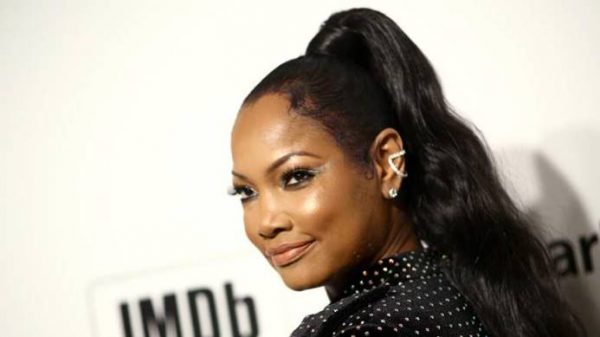*They don’t know what to do with Naomi Osaka. That’s how HuffPost writer Zeba Blay begins her essay on how the new U.S. Open tennis champion’s biracial identity is inconvenient in a racist narrative that turns Serena Williams into a stereotype.
This is a damn good read:
In a cartoon he drew for Australia’s Herald Sun on Sept. 10, illustrator Mark Knight depicts Serena Williams during the finals match at the U.S. Open Tennis Championships. It’s a classic racist caricature: Williams appears as a hulk-like figure with unkempt hair and large lips reminiscent of the minstrel or the mammy.
Behind Williams is her competitor, Naomi Osaka. Her appearance has been distilled down to its lowest-common-denominator characteristics: light skin, slim frame, blonde hair. She might as well be Maria Sharapova.
Caricatures, by their nature, are meant to distort and exaggerate. But they’re also meant to be symbolic, representative; short-hand for a concept or idea.
Here, the narrative is clear: Williams has been cast as the big, ugly, angry black woman. Osaka, by contrast, has been cast as the innocent white girl, even though she’s not even white.
“It had nothing to do with gender or race.”
Herald Sun backs Mark Knight’s cartoon on Serena Williams: https://t.co/i1NBGO8xJw pic.twitter.com/BTFONVWHh8
— Herald Sun (@theheraldsun) September 10, 2018
Many tennis fans have pointed out that Carlos Ramos’ petty umpiring robbed both Williams and Osaka of what should have been a far less controversial match. But Osaka was robbed of something else: her agency, her identity, her story, and her blackness.
In interviews, Osaka has been adamant about embracing both her Asian and black heritages, conceding that while she represents Japan in sporting events, she doesn’t identify solely as Japanese. She proudly reps her Haitian side.
Yet Osaka’s biracial identity is inconvenient in a racist narrative that turns Williams into a stereotype. It’s more expedient to focus on all the things about her that aren’t stereotypically black: her light skin, her soft-spoken nature, her tear-filled apology after winning the match. In this way, Osaka is framed if not as a white woman, then as a more acceptable and palatable version of blackness ― as the type of black person that doesn’t make you acknowledge their blackness.
We told you it was good. But Zeba Blay has a lot MORE in store for you. Get it all at HuffPost.
We Publish News 24/7. Don’t Miss A Story. Click HERE to SUBSCRIBE to Our Newsletter Now!





